
Introduction to ICECON rotational molding process
2024-03-18 19:30Rotational molding, also known as rotary molding, is a hollow molding method for thermoplastic plastics. Powdered plastic raw materials are first added to the mold, and then the mold is continuously rotated and heated along two vertical axes. The plastic raw materials in the mold form a porous layer on the surface of the mold under the action of gravity and heat energy, and then gradually melt and adhere to the mold surface during the cycle. It is formed into the required shape on the entire surface of the mold cavity, and then cooled and shaped to form the finished product.
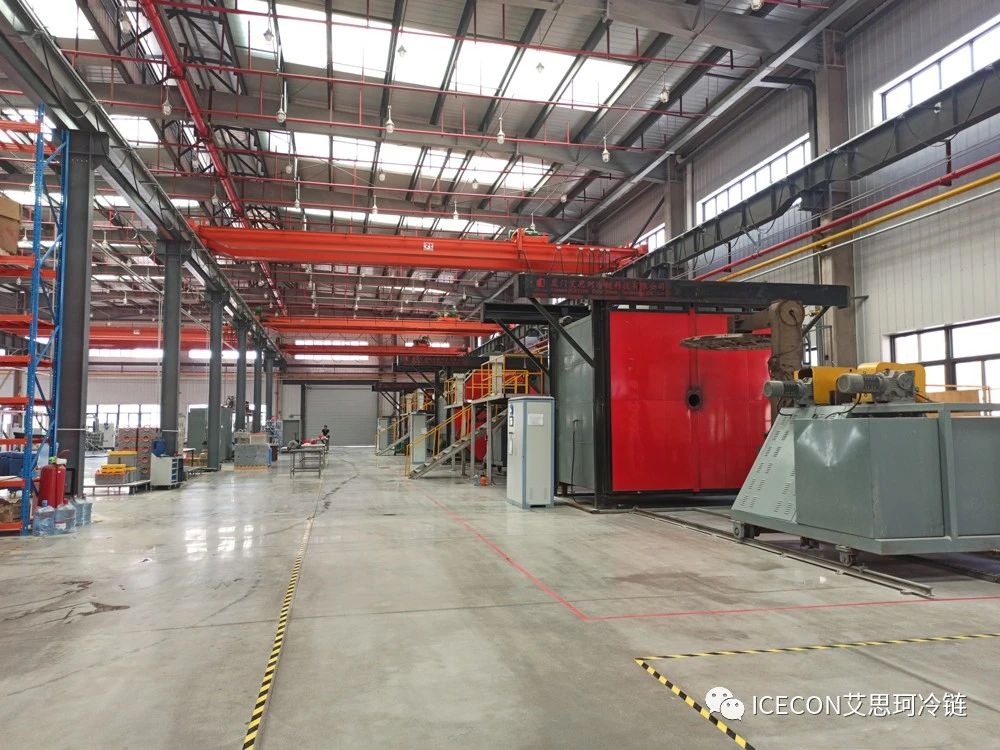
Basic process flow of rotational molding:
1. Material modification:
ICECON modified materials are based on the general plastics HDPE and LLDPE, mixing two or more plastics, additives, etc. together, and finally through melt extrusion, to change the properties of the raw materials and make them have special properties. plastic properties.
For example, our insulated box series requires materials that are resistant to falling and collision, low temperature resistance, strong thermal insulation and color requirements. For this reason, ICECON introduced a granulator to process and modify the independently developed materials to meet product needs.
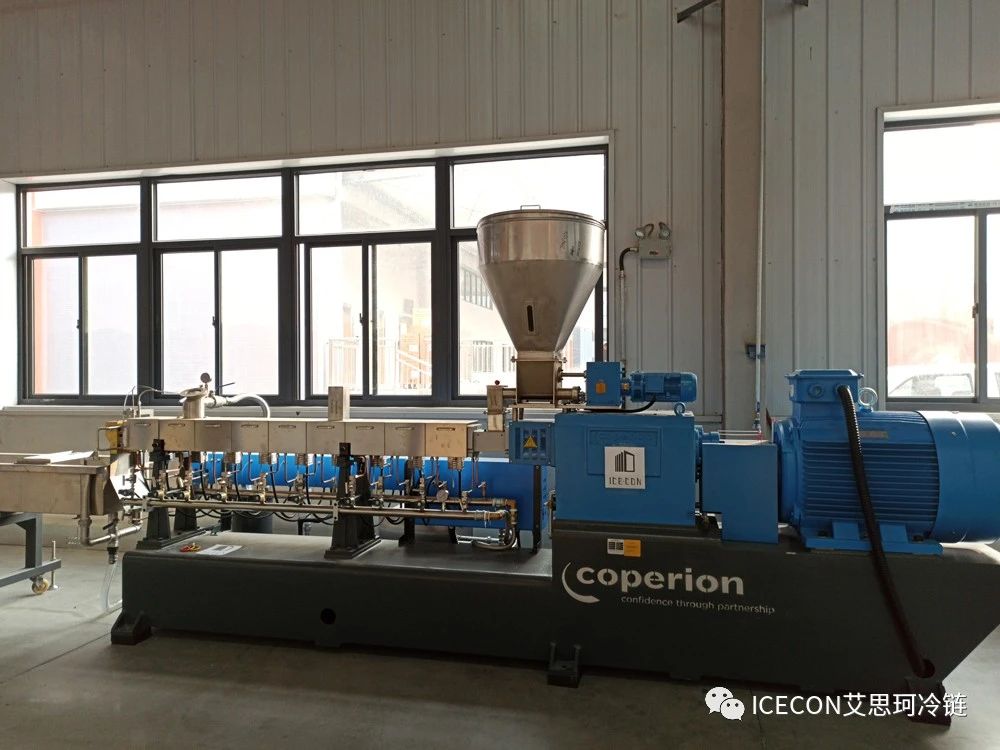
2. Material grinding:
Most of the rotational molding process uses polyethylene powder, which requires the granular plastic raw materials to be ground into a powder of 30 to 60 mesh through a grinding mill (preferably round flake particles, with good fluidity, and without a large number of tails and edges) shape, which will affect the flow of the powder), and the thickness of the powder directly affects the surface quality of the finished product. If the powder is too fine, the flow rate will be poor. If the particles of the powder are too coarse, micropores will appear on the surface of the product, and there may even be local looseness.
In addition, a large amount of static electricity will be generated during the grinding process of PE particles, and moisture and dust in the air will have an important impact on subsequent powder processing and shaping. For this reason, our technicians continue to overcome technical difficulties and make each product better.
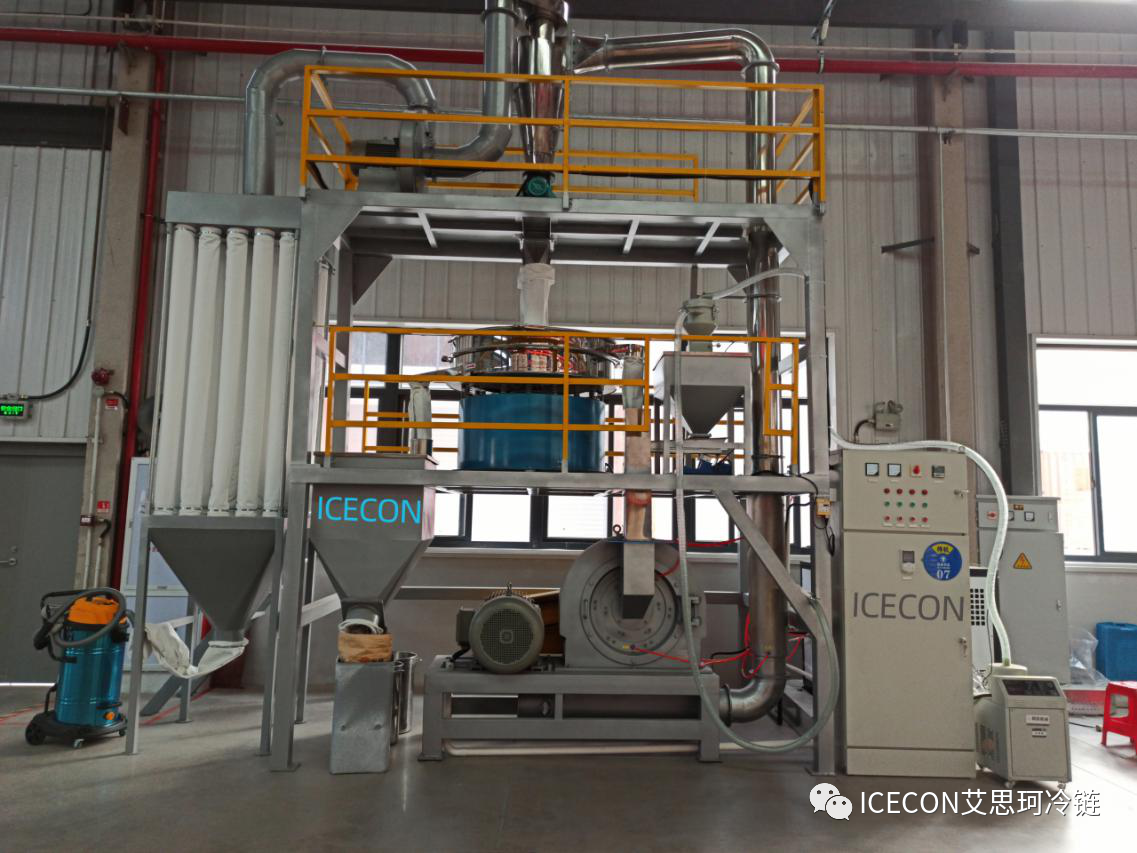
3. Loading:
A carefully measured amount of powder, additives where needed, is added to the bottom of the split mold, and the two mold halves are then fastened together.
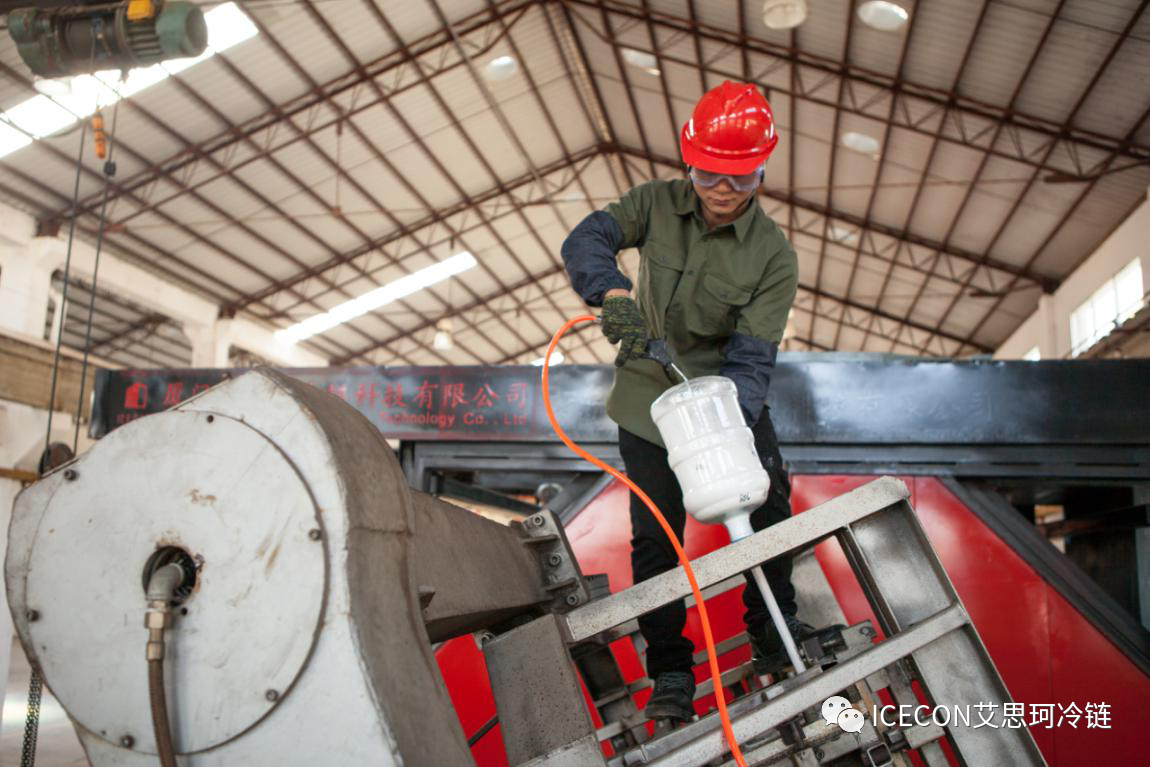
4. Heating and forming:
Put the mold filled with materials into the heating furnace (or heat it with a gas flame or other heat source). The temperature of the heating furnace is set above the melting point of the resin. The frame simultaneously rotates around the main and auxiliary axes that are perpendicular to each other.
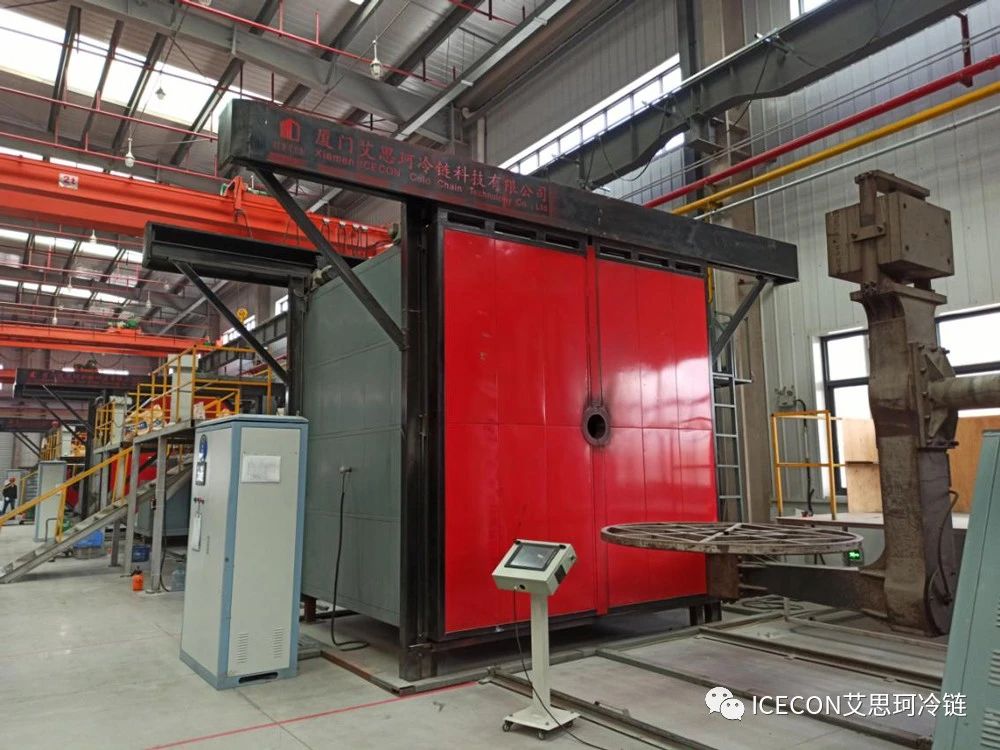
5. Cooling:
When the powder material is fully melted, the mold is removed from the heating furnace to cool. While continuing to rotate, it is cooled by forced ventilation or water spray.
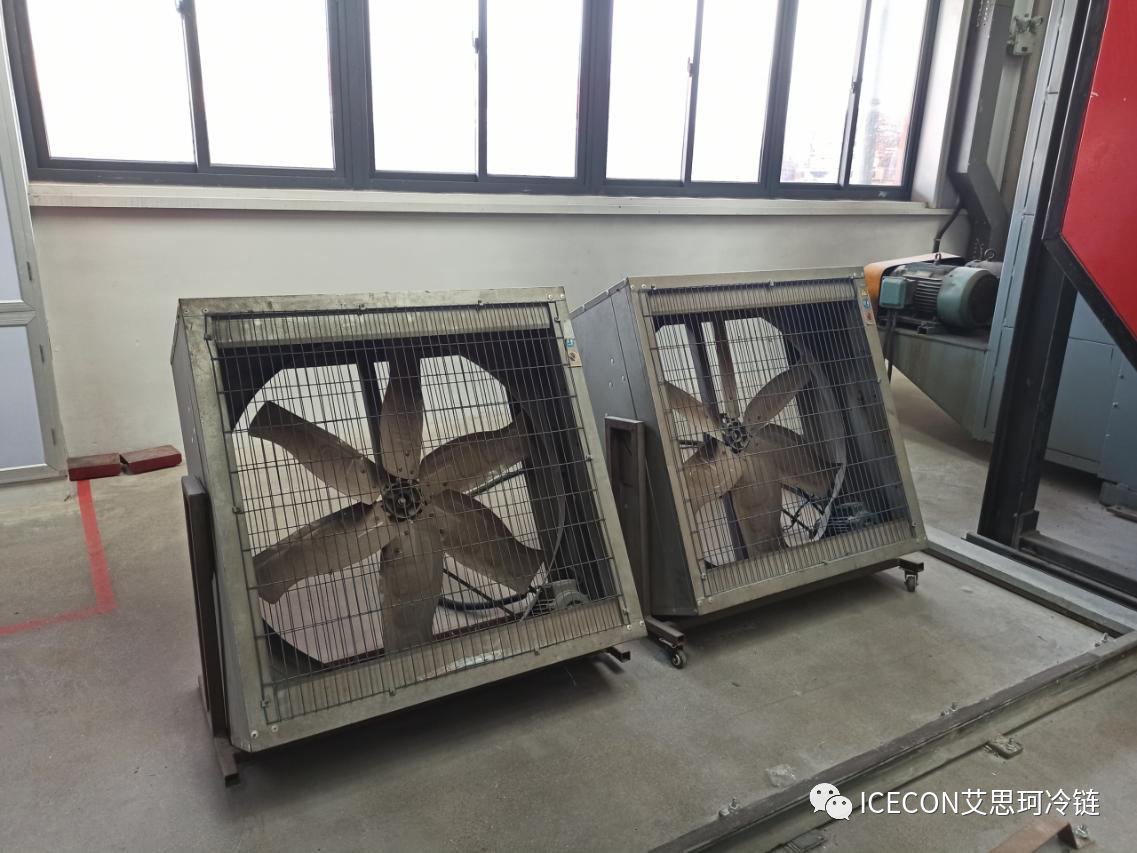
6. Demolding:
First of all, it is necessary to avoid damaging the product during demoulding. Secondly, the remaining materials and debris on the mold must be removed to prepare for the next molding cycle loading.
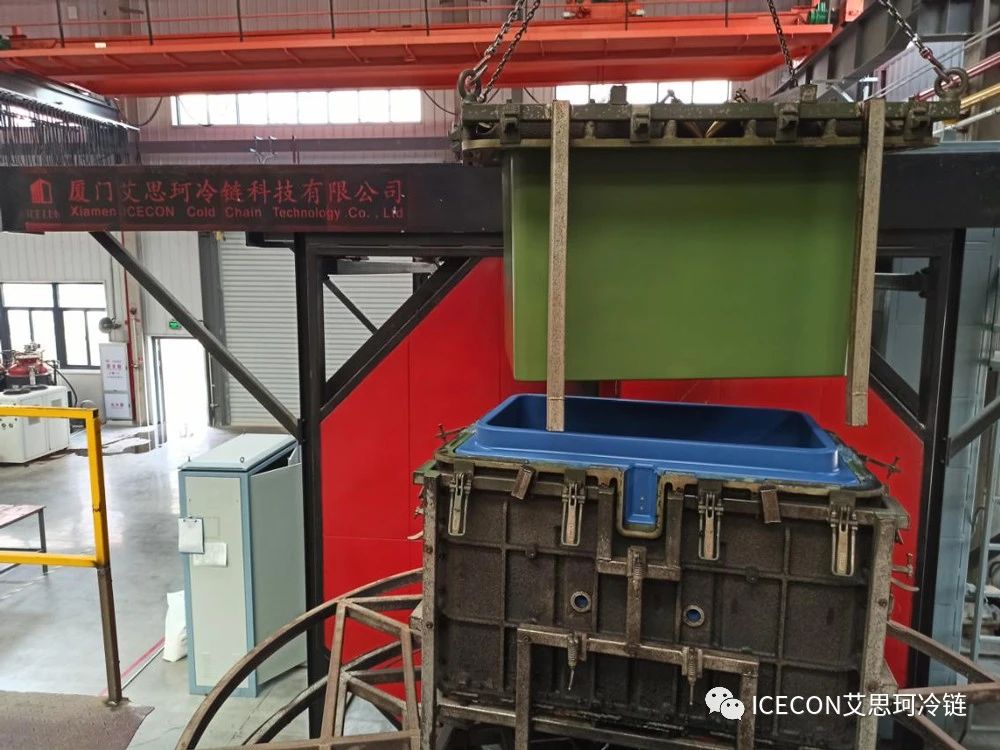
7. Foaming:
The foaming material uses rigid polyurethane foam, and there are two types of materials, A and B. The configuration of the foaming agent and additives will affect the foaming density and thermal insulation performance.
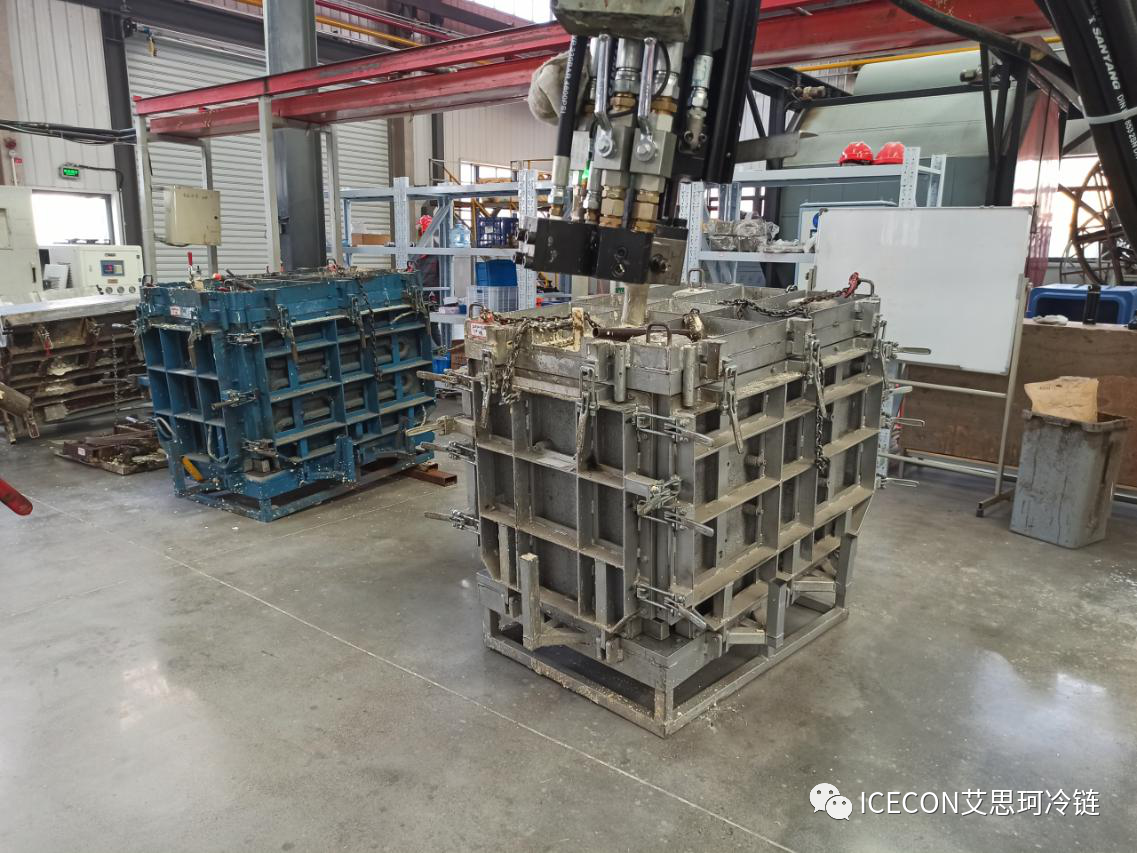
8. Assembly:
Clean the molded edge and appearance of the box, install accessories, and inspect the quality of the product before putting it into storage.
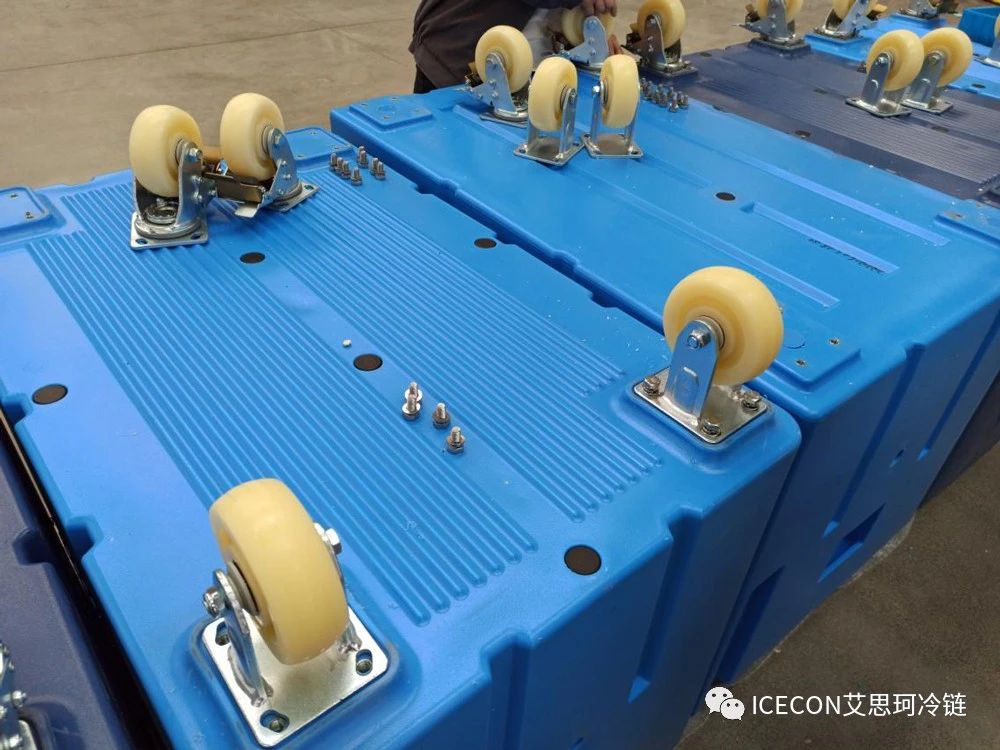
CECON specializes in a series of rotational molding boxes such as constant temperature (cold and hot) boxes and dry ice insulated boxes. During refrigerated transportation, our company has a variety of insulation methods such as cold storage panels, dry ice and CO2 for you to choose from.They are safe, environmentally friendly, efficient and easy to operate, meeting your diverse application scenarios of the same vehicle at different temperatures.From temperature-sensitive goods to cold chain logistics, dry ice storage, and beyond, our containers are meticulously crafted to meet the highest standards. our products have obtained prestigious certifications such as ISO9001, NSF, and CE, attesting to their exceptional quality and reliability.
